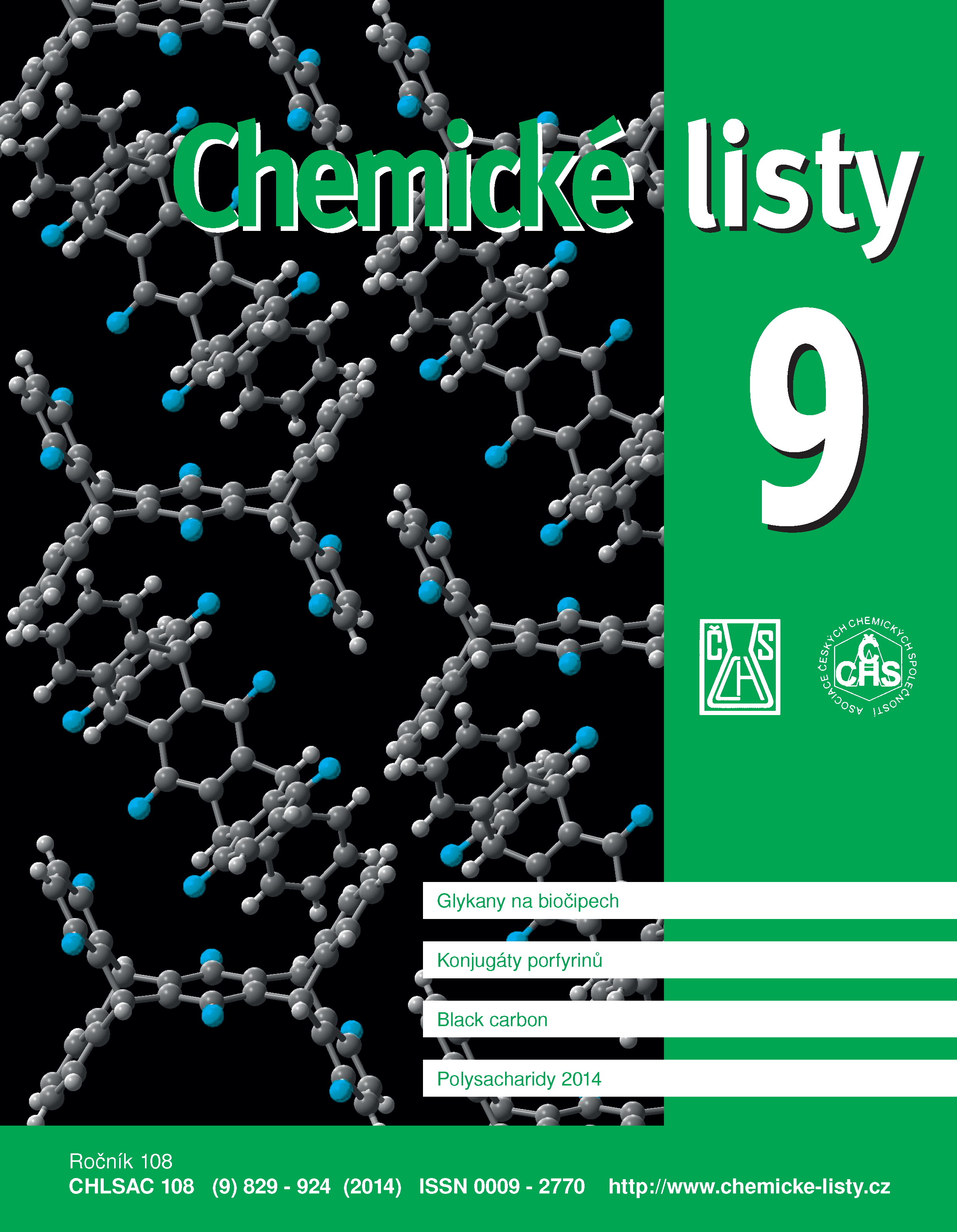Black Carbon as a Product of Imperfect Combustion – Formation, Characteristics, Occurrence, and Methods of Determination
Keywords:
carbon, black carbon, soot, incomplete combustion, pyrolysisAbstract
Black carbon (BC) occurs in atmosphere, soil and marine sediments as a product of either imperfect combustion of fuels and biomass or weathering. The processes occur under various conditions which determine the size of BC particles and their unique parameters important for its useful or harmful effects.
BC particles make their way through biosphere and sooner or later come to a certain state of standstill caused by high resistance to a range of degradation agents. BC also consists of a fraction that can readily undergo biochemical reactions.
Both noxious and favourable effects of BC on human health are discussed. BC is efficient in aquatic sediments and also in soils, where it promotes retention of plant nutrients. It is also instrumental in water retention and helps against soil erosion.





